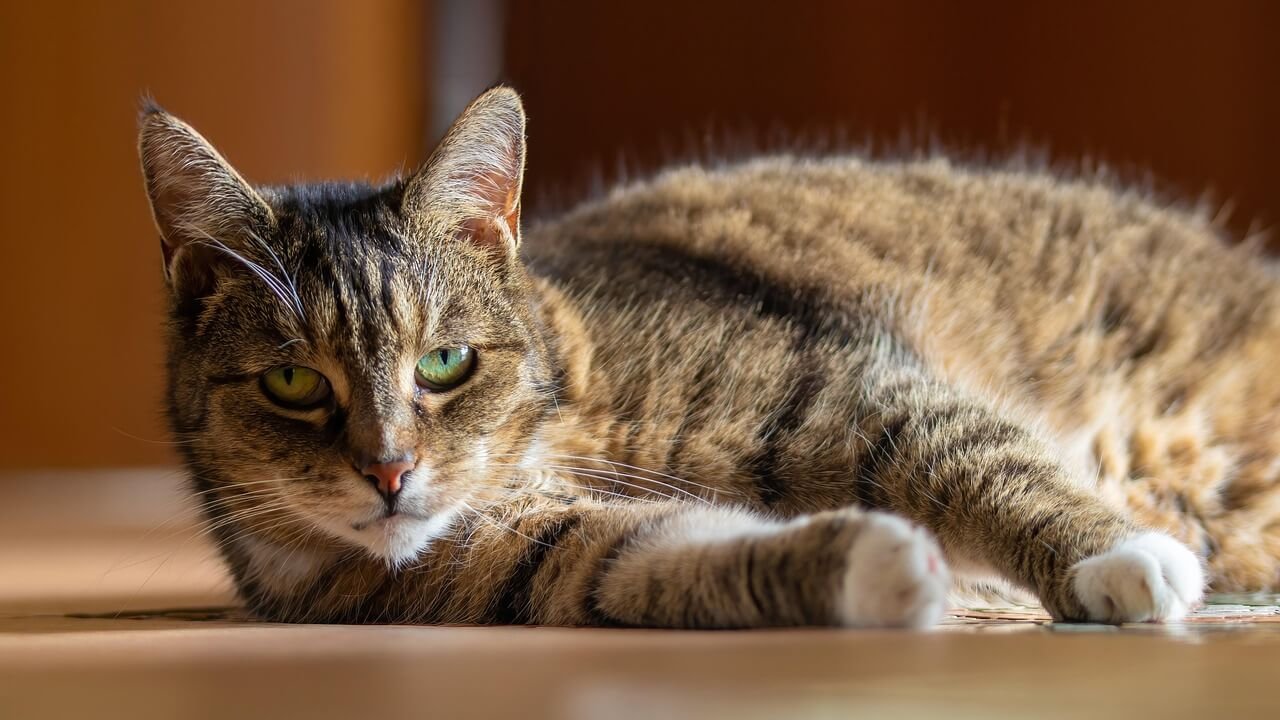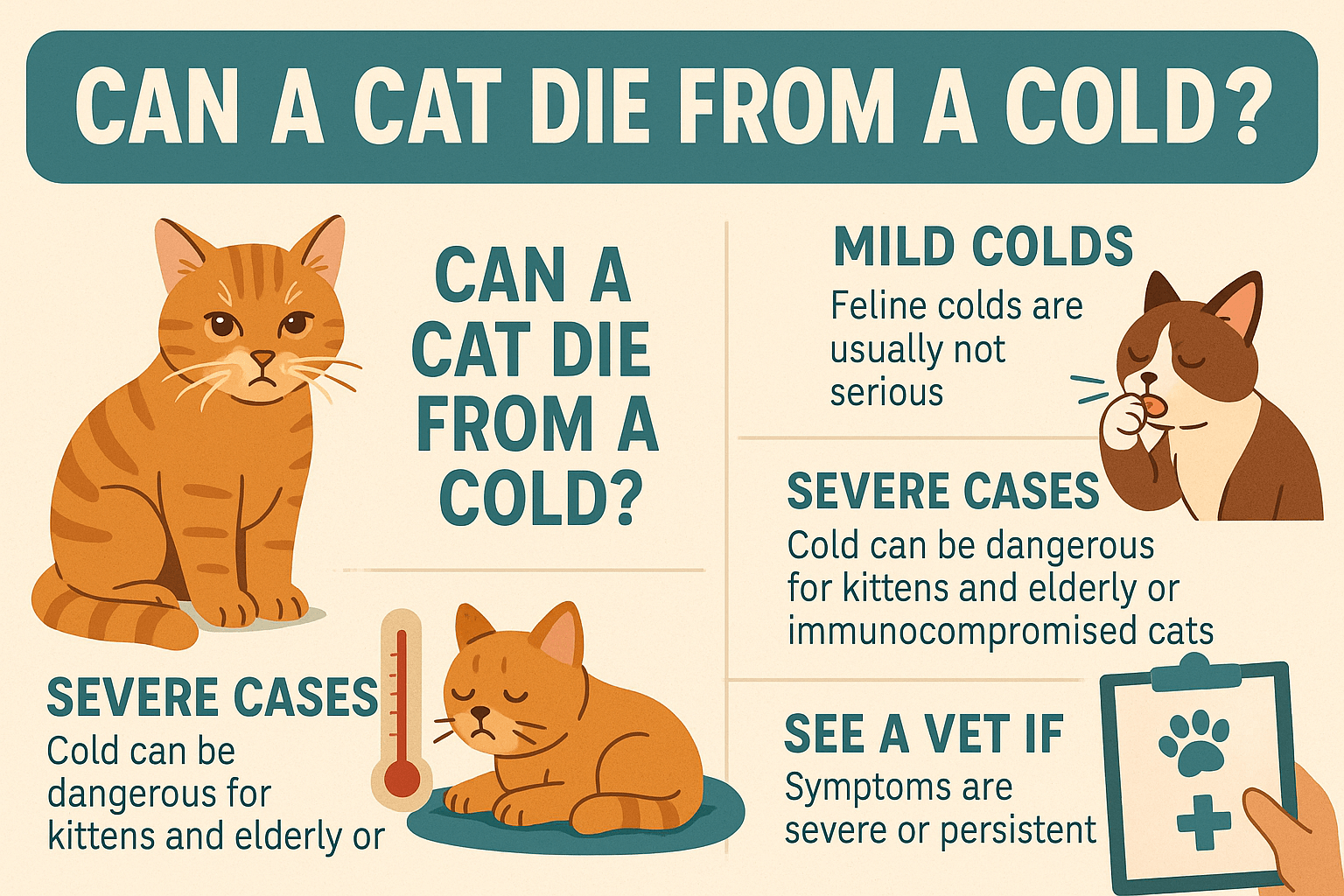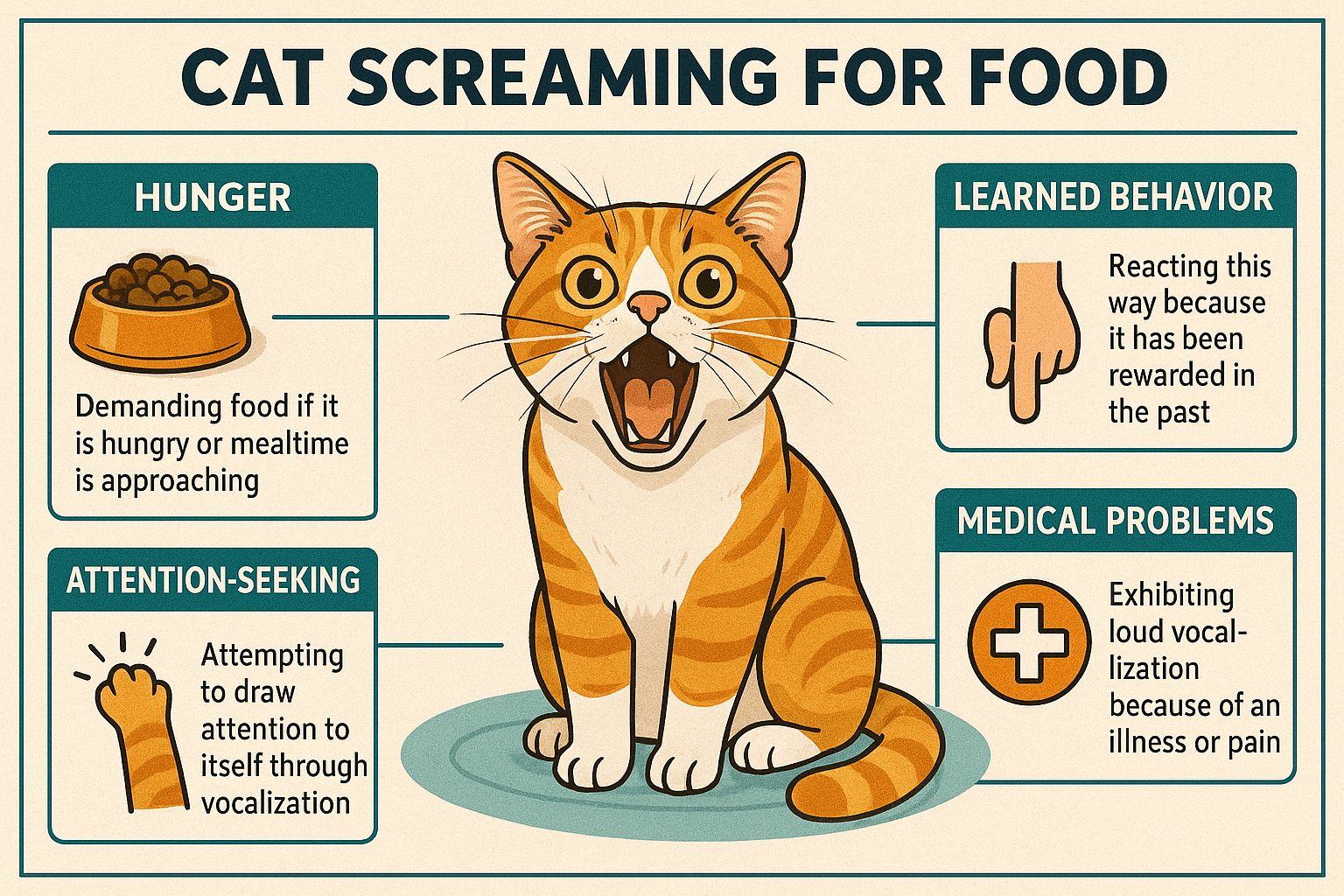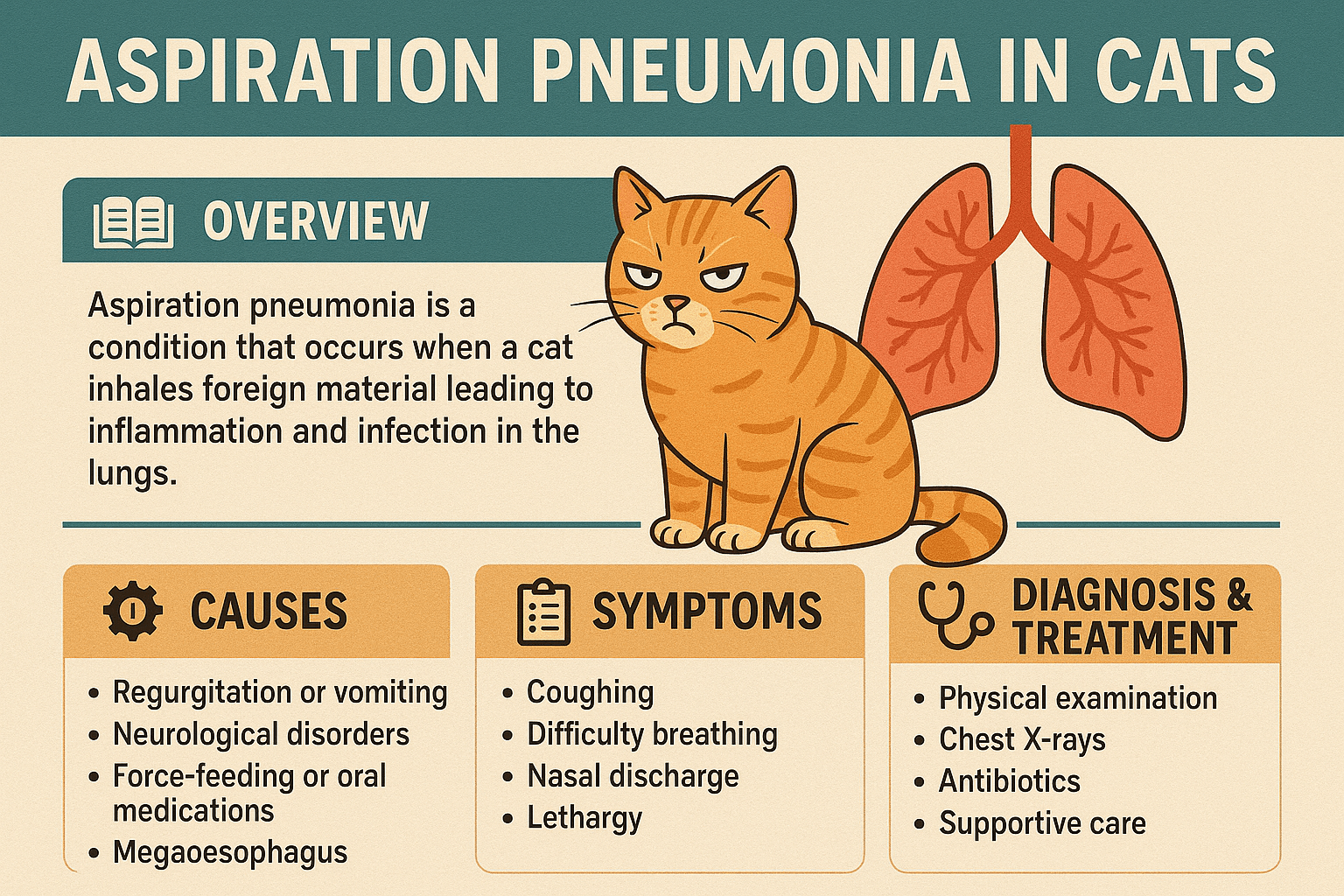Understanding Pregnant Cat Anatomy: A Guide for Feline Lovers
When a cat becomes pregnant, her body undergoes remarkable changes to support the development of her kittens. Understanding the anatomy of a pregnant cat not only helps you appreciate the miracle of life but also equips you to provide the best care during this critical time. From hormonal shifts to physical transformations, every aspect of her anatomy plays a vital role in ensuring a healthy pregnancy and delivery. Whether you’re a seasoned cat owner or new to feline parenthood, this blog post will walk you through the fascinating details of pregnant cat anatomy, offering insights and tips to help you support your expectant feline friend. Let’s dive into the world of maternal feline biology!
Key Changes in a Pregnant Cat’s Anatomy
A pregnant cat’s body adapts in incredible ways to accommodate her growing litter. These changes are both internal and external, preparing her for the demands of motherhood. Here’s a closer look at the key anatomical transformations:
Enlarged Abdomen
As the kittens grow, the cat’s abdomen expands significantly, often becoming visibly rounder by the later stages of pregnancy.Swollen Mammary Glands
The mammary glands enlarge and may become more prominent as they prepare to produce milk for nursing.Darkened Nipples
Known as “pinking up,” the nipples darken and become more pronounced, signaling hormonal changes related to pregnancy.Increased Uterine Size
The uterus expands to house and nourish the developing kittens, requiring additional nutrients and energy from the mother.Heightened Blood Flow
Blood circulation increases to supply oxygen and nutrients to the growing embryos, which may cause a slight rise in body temperature.
These anatomical changes are natural and essential for a healthy pregnancy. Observing them can help you monitor your cat’s progress and ensure she receives the care she needs.
Hormonal Shifts During Pregnancy
Hormones play a crucial role in regulating a pregnant cat’s anatomy and preparing her body for birth and motherhood. These chemical messengers orchestrate many of the physical and behavioral changes you’ll notice. Here’s an overview of the key hormones involved:
Progesterone
This hormone maintains the uterine lining, providing a safe environment for the embryos to implant and develop.Estrogen
Estrogen levels rise early in pregnancy, stimulating the growth of mammary tissue and preparing the body for lactation.Relaxin
Produced later in pregnancy, relaxin helps soften the ligaments around the pelvis, making it easier for the cat to give birth.Prolactin
This hormone triggers milk production in the mammary glands, ensuring the kittens have nourishment after birth.Oxytocin
Released during labor, oxytocin stimulates uterine contractions and aids in milk ejection during nursing.
Understanding these hormonal shifts provides insight into the intricate processes occurring within your pregnant cat’s body. Each hormone has a specific role that contributes to the success of the pregnancy and delivery.
Check this guide 👉Male Cat Anatomy: Best 7 Expert Tips!
Check this guide 👉Understanding Cat Teeth Anatomy: Best 7 Health Tips!
Check this guide 👉The Marvel of Cat Skeleton Anatomy: Best 7 Expert Tips!
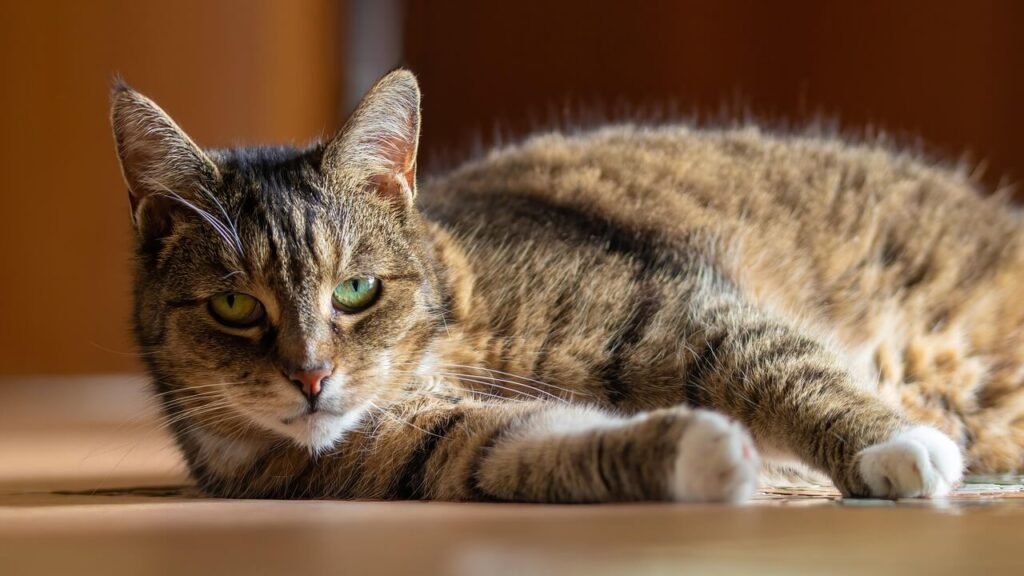
Physical Changes in Pregnant Cats | Behavioral Changes in Pregnant Cats |
|---|---|
Enlarged abdomen | Increased affection toward owners |
Swollen mammary glands | Nesting behavior (seeking quiet spaces) |
Darkened nipples | Reduced activity levels |
Increased appetite | Restlessness as labor approaches |
Weight gain | Protective behavior around kittens |
Signs That Your Cat Is Pregnant
Recognizing the signs of pregnancy early allows you to provide proper care and prepare for the arrival of the kittens. Here are some common indicators that your cat is expecting:
Nesting Behavior
Pregnant cats often seek out cozy, quiet spaces to prepare for giving birth—a behavior known as nesting.Weight Gain
A noticeable increase in weight, particularly around the abdomen, is a clear sign of pregnancy.Changes in Appetite
Pregnant cats typically eat more to meet the nutritional demands of their growing kittens.Behavioral Shifts
Some cats become more affectionate, while others may act more withdrawn or irritable.Visible Kitten Movement
In the later stages of pregnancy, you may be able to see or feel the kittens moving inside the abdomen.
If you suspect your cat is pregnant, monitor her closely and consult a veterinarian to confirm and guide you through the process. Early detection ensures a smoother pregnancy journey.
How to Care for a Pregnant Cat’s Anatomy
Proper care during pregnancy is essential to support your cat’s changing anatomy and ensure a healthy delivery. Here are some practical tips to help you provide the best care:
Provide Nutritious Food
Feed your cat high-quality kitten food or a vet-recommended diet rich in protein and essential nutrients.Ensure Comfortable Resting Spaces
Create soft, quiet areas where your cat can rest and prepare for nesting.Monitor Her Health
Keep an eye on her weight, appetite, and overall behavior to detect any potential issues early.Limit Stress
Minimize loud noises, unfamiliar visitors, and other stressors that could upset your cat during pregnancy.Schedule Vet Check-Ups
Regular veterinary visits ensure your cat and her kittens are healthy and progressing well.
By following these steps, you can help your pregnant cat stay comfortable and prepare for a smooth delivery. Always prioritize her well-being during this special time.
Common Myths About Pregnant Cat Anatomy
There are several misconceptions about pregnant cat anatomy that can lead to confusion or misinformation. Clearing up these myths is essential for providing the best care for your expectant feline. Here’s a look at some common myths and the truth behind them:
Myth: A pregnant cat’s belly grows immediately after conception.
In reality, significant abdominal enlargement usually occurs in the later stages of pregnancy, not right away.Myth: Pregnant cats need double the food from day one.
While their nutritional needs increase, doubling their food intake should only happen during the final weeks of pregnancy.Myth: You can always feel the kittens by touching the abdomen.
Feeling the kittens depends on their size, position, and the stage of pregnancy—it’s not always possible or safe to do so.Myth: Pregnant cats stop grooming themselves.
Most pregnant cats continue grooming, though they may slow down as their belly grows larger.Myth: All pregnant cats become aggressive.
While some cats may act more protective, many remain affectionate and calm throughout their pregnancy.
Understanding these facts helps dispel myths and ensures you provide accurate care for your pregnant cat. Knowledge is key to supporting her journey.
Fun Facts About Feline Pregnancy and Anatomy
The process of feline pregnancy is full of fascinating details that highlight the uniqueness of these animals. Learning fun facts about their anatomy and reproductive abilities can deepen your appreciation for pregnant cats. Here are some intriguing tidbits:
Cats Can Give Birth to Up to 12 Kittens in One Litter
Though the average litter size is 4-6 kittens, some cats have been known to deliver much larger litters.Pregnant Cats Have a Unique “Pinking Up” Phase
The darkening of nipples, known as “pinking up,” is a distinctive sign of early pregnancy unique to felines.Kittens Develop Fully Formed Teeth Before Birth
By the time they’re born, kittens already have tiny teeth hidden beneath their gums.A Cat’s Uterus Can Expand Dramatically During Pregnancy
The feline uterus is incredibly elastic, allowing it to accommodate multiple growing kittens.Relaxin Hormone Prepares the Pelvis for Birth
This hormone softens the ligaments around the pelvis, making it easier for the kittens to pass through during delivery.
These fun facts showcase the incredible biology of pregnant cats. They remind us just how remarkable these animals are and how perfectly adapted their bodies are for motherhood.
Tips for Preparing Your Home for a Pregnant Cat
Creating a safe and comfortable environment for your pregnant cat is crucial for her well-being and the health of her kittens. Here are some practical tips to help you prepare your home:
Set Up a Birthing Box
Provide a quiet, enclosed space with soft bedding where your cat can give birth and nurse her kittens comfortably.Keep the Area Warm
Ensure the birthing area is warm and draft-free, as newborn kittens are sensitive to cold temperatures.Stock Up on Supplies
Gather essentials like clean towels, disposable gloves, and kitten formula (just in case) to be prepared for any situation.Limit Distractions
Minimize noise and activity near the birthing area to give your cat privacy and reduce stress.Have Emergency Contacts Handy
Keep your veterinarian’s number and a local emergency clinic’s contact information accessible in case complications arise.
By preparing your home thoughtfully, you create a supportive environment for your pregnant cat and her upcoming litter. A little planning goes a long way in ensuring a smooth and stress-free experience for everyone involved.
Frequently Asked Questions About Pregnant Cat Anatomy
How long does a cat’s pregnancy last?
A typical feline pregnancy lasts about 63-67 days, or roughly 9 weeks.
Can I feel the kittens moving in a pregnant cat?
Yes, in the later stages of pregnancy, you may feel the kittens moving if you gently touch her abdomen.
Do pregnant cats need extra vitamins?
A balanced diet is usually sufficient, but your vet may recommend supplements if needed.
Why do a pregnant cat’s nipples change color?
The nipples darken due to increased blood flow and hormonal changes preparing her body for nursing.
What should I do if my pregnant cat seems uncomfortable?
Consult your veterinarian to rule out complications and ensure your cat’s comfort and health.
Celebrating the Miracle of Feline Motherhood
The anatomy of a pregnant cat is a testament to the wonders of nature and the resilience of these incredible creatures. By understanding the changes your cat experiences and providing the right care, you can support her through this transformative journey. From the initial signs of pregnancy to the joyous arrival of her kittens, every step is a reminder of the beauty of life and the bond we share with our feline companions. As you prepare for the pitter-patter of tiny paws, remember that your love and attention make all the difference. Here’s to celebrating the miracle of feline motherhood and welcoming a new generation of furry friends into the world!
Can a Cat Die from a Cold? Best 7 Expert Tips! Learn how to identify, treat, and prevent feline colds while understanding when to seek veterinary care for your cat’s health.
Cat Screaming for Food: Best 7 Expert Tips! Discover effective strategies to manage your cat's food-related vocalizations and create a peaceful feeding routine.
Aspiration Pneumonia in Cats: Best 7 Expert Tips! Discover causes, symptoms, and treatment advice to protect your cat’s respiratory health and ensure a speedy recovery.
Hip Dysplasia in Cats: Best 7 Expert Tips! Discover expert advice on managing hip dysplasia in cats, from symptoms and prevention to treatment options for a happier, healthier feline life.

